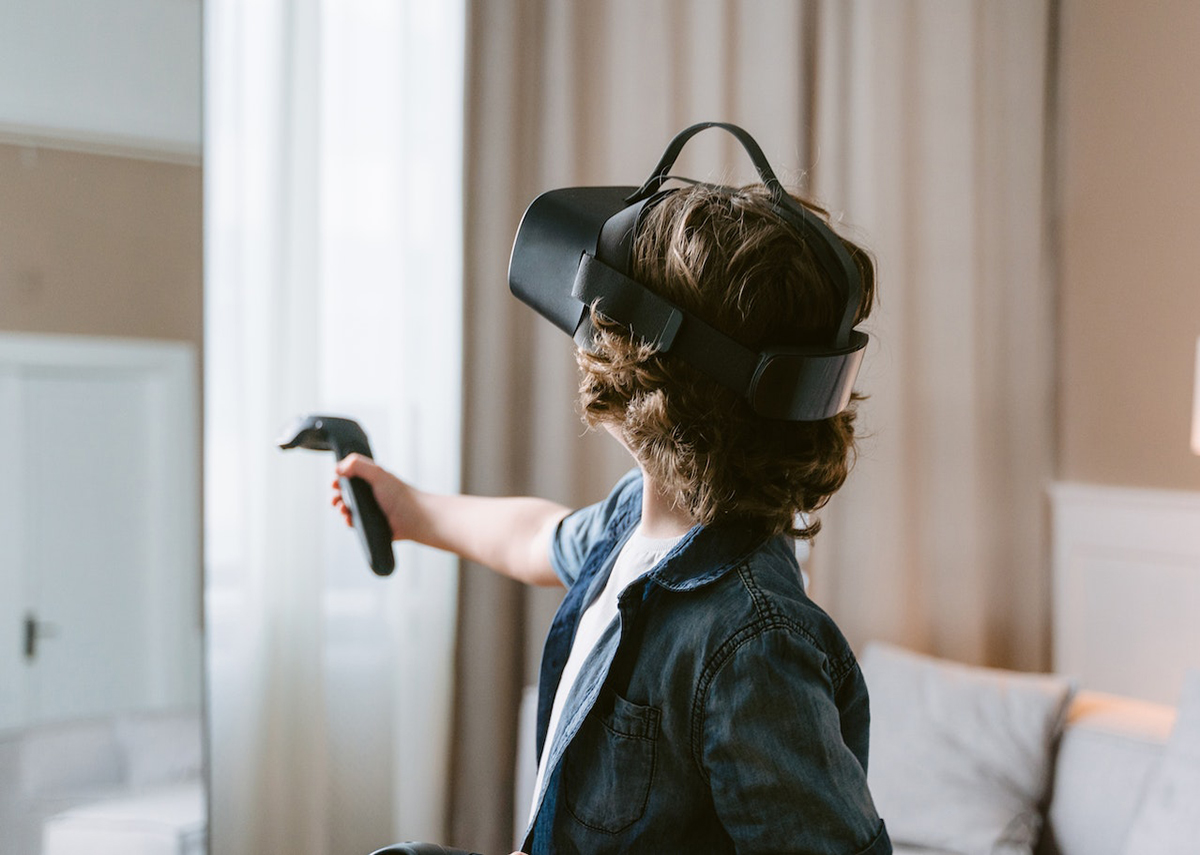A List Of The Main IoT Security Challenges
Share

The Internet of Things is a very vulnerable industry. This is due to the IoT device manufacturers whom create these issues. Unfortunately, small and new businesses that have no expertise in cybersecurity produce IoT devices. It’s impossible to forgive even big companies. They’re the ones producing smart televisions that are vulnerable to hackers. Several IoT device maker believe that connectivity and popularity is more important than cybersecurity.
The following approaches have resulted in the devices having various security vulnerabilities. Here, we will look at some of the major challenges with regard to IoT security.
Inadequate Testing And Update Capability
The main issue with IoT device cybersecurity may be that numerous businesses just do not support the devices following launch. Several IoT devices lack the facility to update themselves, even to protect against common forms of cyberattack. Even a secure IoT device at the time of its fast launch could be very vulnerable to cyberattacks. Manufacturers tend to pay more attention to launching their devices than spending time on patching widely known security imperfections. This could make the devices indefinitely unprotected against cyber threats.
Not updating an IoT device is a big issue not only for customers but for the manufacturer. If they make the device potentially vulnerable to one big cyberattack, that’ll ultimately affect the manufacturer’s reputation and productivity.
Default Passwords
The Internet of Things devices are shipped with certain passwords and customers are asked to not alter these credentials in order to further protect their residential IoT networks. This is another big and preventable issue happening in spite of government and industry-level recommendation to not use the passwords that come with the devices.
UK-based website hosting companies have detected and stopped a cyberattack from getting into user devices in the past, but numerous makers have also had their products hacked many times. Even so, with no legal requirements on the usage of default passwords, web hosts have to keep doing the same thing repeatedly.
Ransomware
The Internet of Things devices are very vulnerable to hacking because these are included in residential and enterprise networks unprecedentedly in conventional systems. Usually, the development process of the devices is fast, so in the course of it, there is seemingly not enough time to thoroughly consider what these require access to. Consequently, a usual Internet of Things device, or IoT application, will require unnecessary privileges to finish the basic tasks of it.
This potentially leads to spyware’s presence in the Internet of Things that could access more data than the malicious software should otherwise be capable of. This is why it’s a big issue.
For example, internet protocol cameras are usually sold in the form of IoT devices to be used in smart homes like webcams. The maker of an IP camera usually ships it with no updated or hardened firmware, but with their own passwords. When a hacker is aware of the default password, all they have to do is get to the video feed from that webcam-like device.
Through the device, they will be able to capture credit card information, password, unedited video content or other information meant to be used for just personal purpose. After that, the hacker can use the information to do an even bigger cyberattack or threaten the victim for money or even blackmail them.
Artificial Intelligence And Automation
IoT networks are so big and complex that these are managed through AI algorithms, instead of individuals. This leads to a more striking issue. For several businesses, the lone way to manage considerable data from user devices is to leverage artificial intelligence, and their profitability depends on AI functionality. In other words, the ability of these businesses to make returns on investment, hinges on whether or not AI could serve what it was conceived for.
AI systems have the potential to make choices that have an effect on many users’ lives, which is the issue with the AIs. Without the required workers or proficiency to look at the likely consequences of the choices, IoT companies could just compromise the IoT networks. For an uninitiated, the word ‘compromise’ in this context means to make the networks weaker.
This is the most alarming issue of every problem mentioned in this article because IoT systems driven by artificial intelligence manage several important things. Two of the things that AI manages in society are time tracking programs, utilized to pay workers, and the equipment that keeps hospital patients alive.
The Solutions
Unfortunately, regardless what each manufacturer or every single user does won’t help solve the issue. Rather, there should be a fundamental change in approach to IoT. It is striking that no reputable manufacturer is ready to sell, for instance, time tracking applications without devoting themselves to keeping it up to date.
Many of the issues mentioned above were successfully dealt with years ago in terms of conventional software. Therefore, what the IoT industry needs in the future might just be a commonsense approach towards restricting unauthorized access to the devices.




